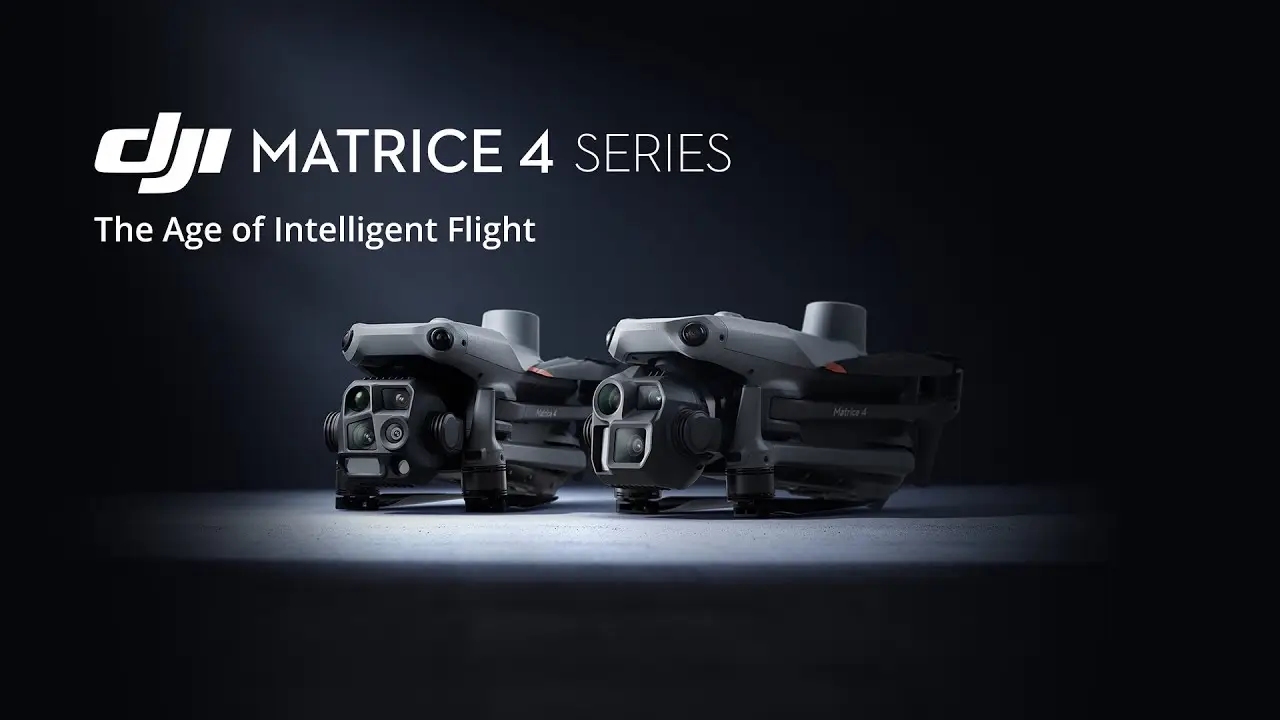- Drones
- Drone Cameras & Gimbal
- Camera Drones
- Enterprise Drones
- Drone Repairs
- Drone Solutions
- Drone Detection System
- Cargo Drone
- Mapping
- Agriculture
- Emergency Response
- Camera Drone Spare Parts
- Enterprise Drone Spare Parts
- Brands
- DJI
- Dji Enterprise
- Autel Evo
- Robotics
- Wingtra
- Industry
- Blog
- Drone Asset Inspection
- Construction Management
- Public Safety
- Drones in Mining
- Oil and Gas
- Urban Planning
- About
- Conatct
- Blog
- Sitemap
- FAQ
- Search
Drones in Emergency Response
Drones are increasingly being used in emergency response scenarios and first responders are finding that using drones can save time, energy, and increase efficiency when dealing with disasters big or small. Because drones can be quickly deployed over disaster zones, responders are using drones such as the M600 them to produce 3D maps, scan for victims, deliver first aid kits, and assess damaged infrastructure. These, among other applications, have cemented the role of drones as an essential part of emergency disaster response.
Responders use drones to:
- Provide rapid situational awareness with mapping technology and imagery
- Help firefighters identify hot spots and assess property damage
- Deliver first aid kits as required
- Capture imagery for communications and news coverage
- Search for survivors
- Assess utility and infrastructure damage
- Create before/after maps of the impacted area
Search & Rescue

Traditional Challenges For Search & Rescue
- Rescue missions pose inherent dangers to responders, which can be compounded by incomplete situational information
- Rescue teams can be spread thin when target areas are vast and terrain is demanding
- Night time and low-light conditions hinder search efforts, significantly complicating rescue missions
How Drones Support Search & Rescue
- Scan wide areas and identify threats to victims and responders with high-resolution aerial imagery
- Elevate responders’ perspective and bring search and rescue to new levels of efficiency
- At night, or in low-light conditions, leverage thermal sensors to locate missing persons who might otherwise be overlooked
Disaster Response

Traditional Challenges in Disaster Response
- In the aftermath of disaster, when every moment matters, complicated terrain and environments can delay response times
- Disaster areas pose hazards to victims and rescue teams which can be aggravated by a lack of clear information and communication
- Relief efforts and target prioritization can be hindered by an incomplete perspective on the affected region
How Drones Assist in Disaster Response
- Fly over obstacles and hazards, immediately gain the power of perspective, and begin deploying care
- An aerial angle can help guide ground teams, facilitate communications, and synchronize rescue efforts
- Rapid 2D and 3D modeling of affected areas can produce actionable maps to guide relief efforts
About
Contacts
-
Address
Office 203, Al Tayer Commercial Building, Rolla Street, Bur Dubai, UAE
-
Phone
+9714 2238380 / +97150 157 6093
-
Email
-
Whatsapp
My Account
Customer Service
-
Address
Office 203, Al Tayer Commercial Building, Rolla Street, Bur Dubai, UAE
-
Phone
+9714 2238380 / +97150 157 6093
-
Email
-
Whatsapp

